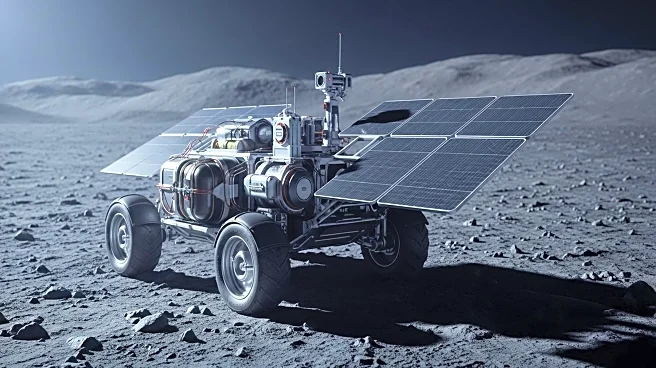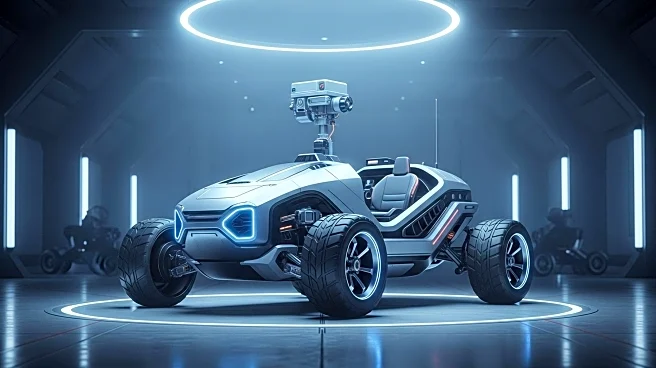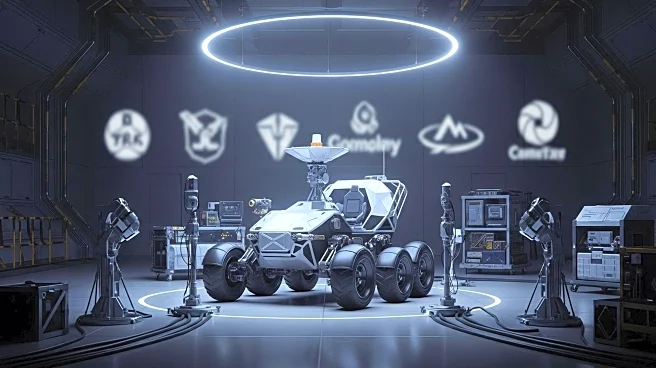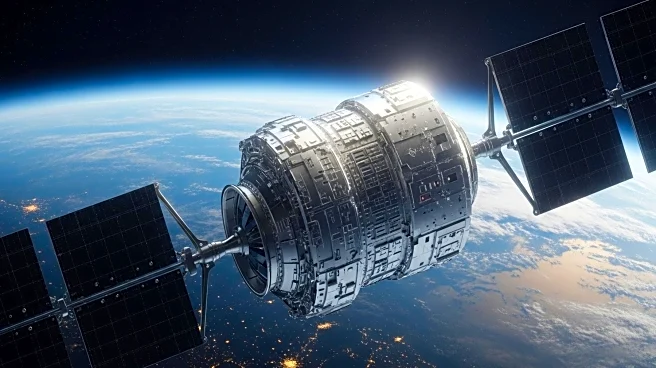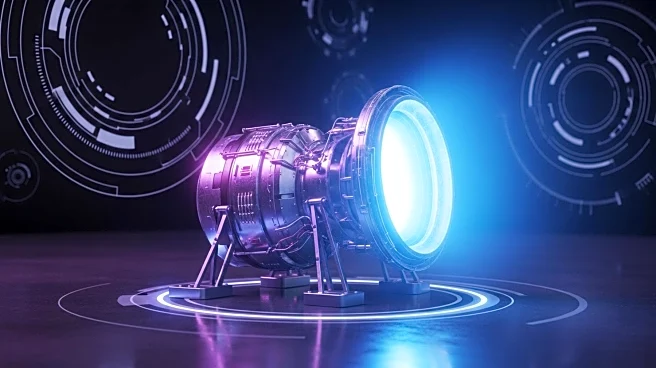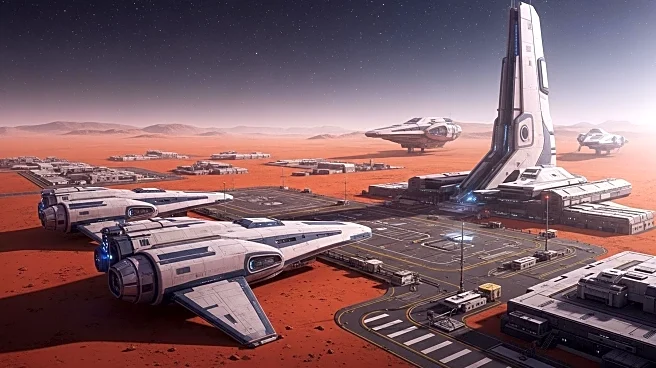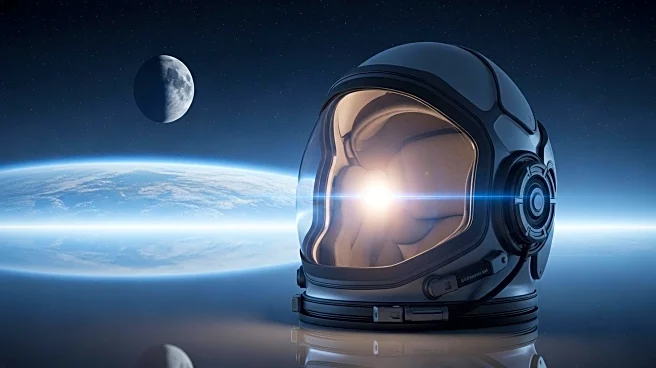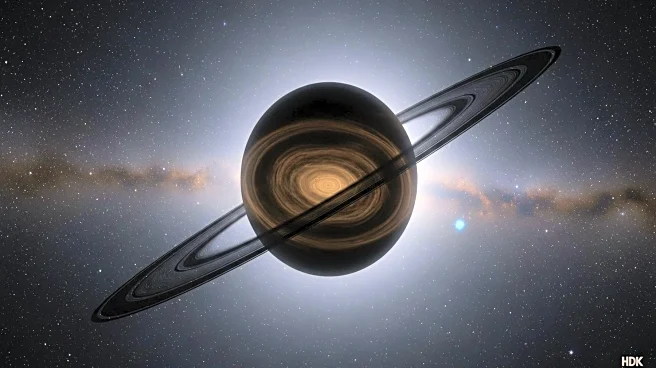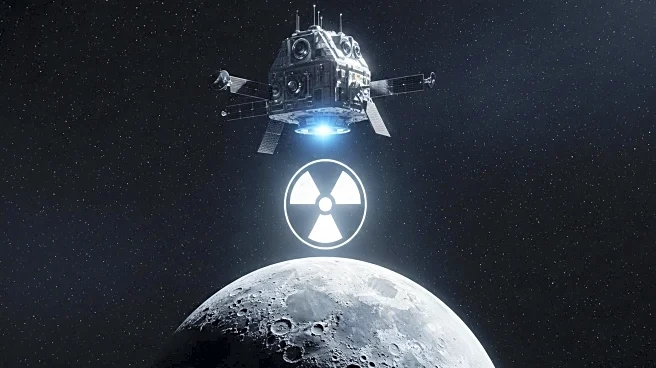What's Happening?
Honda and Astrobotic have announced a partnership to develop a regenerative fuel cell system aimed at providing continuous power during the long lunar nights. This collaboration focuses on integrating Honda's regenerative fuel cell technology with Astrobotic's LunaGrid, a scalable power service utilizing solar arrays. The initiative will conduct illumination studies at potential lunar south pole landing sites, assessing system scalability and integration of hardware and software. Honda's regenerative fuel cell system stores solar power as hydrogen during the lunar day and converts it back into electricity at night, producing water as a byproduct. This water is then recycled to create more hydrogen, forming a closed-loop energy cycle. Astrobotic's Vertical Solar Array Technology (VSAT) is designed to maximize energy capture, with plans to expand its capacity significantly. The partnership aims to establish reliable power solutions on the lunar surface, supporting future exploration missions.
Why It's Important?
The collaboration between Honda and Astrobotic is significant as it addresses one of the major challenges in lunar exploration: surviving the two-week-long lunar night. By developing a system that provides continuous power, this partnership could facilitate more ambitious lunar missions and potentially support a sustained human presence on the Moon. The initiative aligns with broader space exploration goals, including NASA's Artemis program, which targets the lunar south pole for its sunlight exposure and potential water ice reserves. The success of this project could enhance international collaboration in space exploration and contribute to the development of a lunar economy, with implications for scientific research and commercial opportunities.
What's Next?
The partnership will focus on conducting illumination studies and evaluating the scalability of the power systems at lunar south pole sites. As the project progresses, it may attract interest from other space agencies and commercial entities looking to invest in lunar infrastructure. The development of reliable power solutions could pave the way for more extensive exploration missions and the establishment of permanent bases on the Moon. Additionally, the collaboration may influence future technological advancements in regenerative energy systems, both in space and on Earth.
Beyond the Headlines
This collaboration highlights the growing interest in space exploration and the potential for cross-industry partnerships to drive innovation. The integration of automotive and space technologies could lead to new applications and advancements in energy systems. Furthermore, the project underscores the importance of international cooperation in achieving ambitious space exploration goals, as seen in Japan's involvement in the Artemis Accords. The success of this initiative could inspire similar collaborations, fostering a new era of technological development and exploration.

